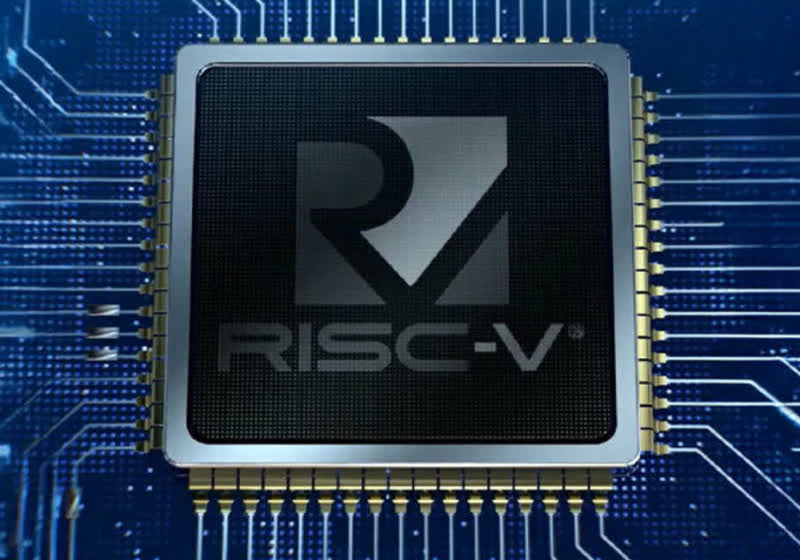Exploring Cutting-Edge Technologies and Trends in 2025
Author: Editor

As we step into 2025, the landscape of technology continues to evolve at an unprecedented pace. From cutting-edge advancements in artificial intelligence (AI) to significant strides in cybersecurity, this year brings a wealth of innovations that are transforming industries across the globe. This article delves into several key technological trends that are not only shaping the current landscape but also setting the stage for the future.
One of the most remarkable trends in 2025 is the rise of AI-driven solutions, particularly within sectors such as healthcare and finance. For instance, iMedX has been recognized by Health New Zealand as an approved ambient AI scribe tool, facilitating the documentation process for clinicians. This partnership aims to streamline the workflow in healthcare settings by leveraging AI to handle tedious tasks, allowing professionals to focus on patient care. Such innovations highlight the growing reliance on AI to enhance efficiency and accuracy across various domains.

iMedX becomes an approved Ambient AI Scribe tool by Health New Zealand, transforming healthcare documentation.
In the realm of cybersecurity, various companies are leading the charge. A recent article highlighted top cybersecurity firms in the United States that are at the forefront of protecting data and infrastructure against ever-evolving threats. The focus has been on integrating cloud security, threat detection, and AI-powered protective measures to safeguard sensitive information. With increasing cyber threats, particularly in 2025, organizations are prioritizing the implementation of robust cybersecurity frameworks to protect their digital assets.
Cybersecurity is indeed a significant concern as evidenced by new reports that track trends in IT strategies. A mid-year report by Info-Tech Research Group indicates a shift from reactive disruption management to proactive strategies in IT leadership. Companies are investing in advanced cybersecurity measures while simultaneously modernizing their infrastructures to combat sophistication in cyber threats. This pivot represents a decisive move forward, as businesses seek to establish resilience in an unpredictable threat landscape.
The intersection of AI and technology is not limited to cybersecurity. Nvidia’s announcement regarding the porting of its Compute Unified Device Architecture (CUDA) to RISC-V processors signifies a monumental shift in AI development. By allowing RISC-V CPUs to become central application processors in CUDA-based AI systems, Nvidia is opening avenues for developers to innovate more effectively. This move encourages further collaboration and development within the AI ecosystem, exemplifying how hardware advancements can propel software capabilities.

Nvidia porting CUDA for RISC-V processors enhances AI capabilities and fosters innovation.
Additionally, Google is experimenting with AI technologies in more interactive formats. A recent initiative involving two robotic arms engaged in an infinite game of table tennis serves to enhance AI learning modalities. These robots, set up by Google's DeepMind, are designed to improve the sophistication of AI models by challenging them in dynamic scenarios. Such innovative approaches are essential for training advanced AI systems, highlighting the potential of robotics paired with AI in understanding complex interactions.
Beyond AI and cybersecurity, financial technology (fintech) is witnessing remarkable advancements. The recent announcement from april, a startup focused on embedding tax functionalities into financial decisions, demonstrates this trend. The company secured $38 million in Series B funding, indicating a significant interest in solutions that seamlessly integrate tax considerations into everyday financial management. As consumers seek more comprehensive tools for their financial needs, this kind of innovation is likely to gain traction in the coming years.
With decentralized technologies gaining momentum, the cryptocurrency landscape is also evolving. The article detailing Solana's meme hype coming to an end while Ozak AI emerges with real utility reflects a broader shift in how cryptocurrencies are perceived. As market dynamics change, projects that emphasize utility and real-world applications are becoming more attractive to investors and users alike. This evolution might signal a maturation phase in the cryptocurrency market, where functionality takes precedence over speculative investments.
Finally, in the context of how technology impacts consumer behavior, recent studies indicate that Google's AI Overviews are altering the way users interact with search results. While these overviews aim to provide quick information, they have also drastically reduced web traffic to other websites, sparking conversations about how AI tools could change the landscape of online engagement. As AI continues to evolve, its influence on user behavior remains a critical area of focus.